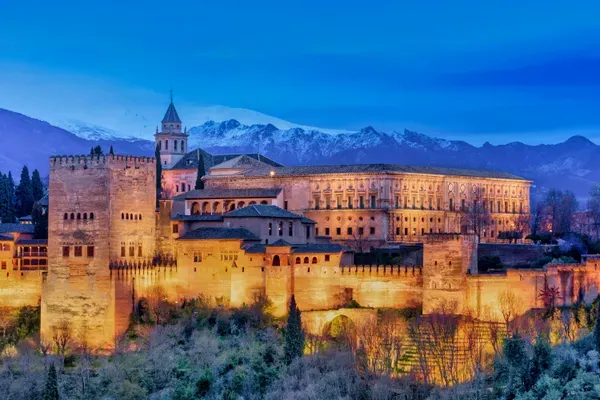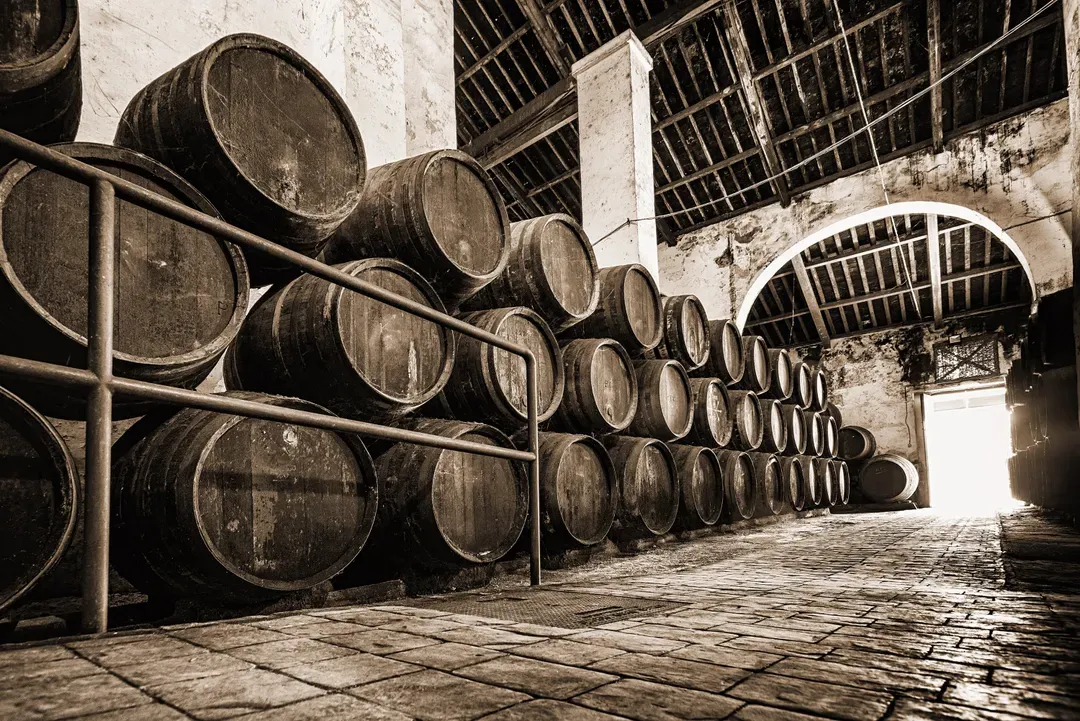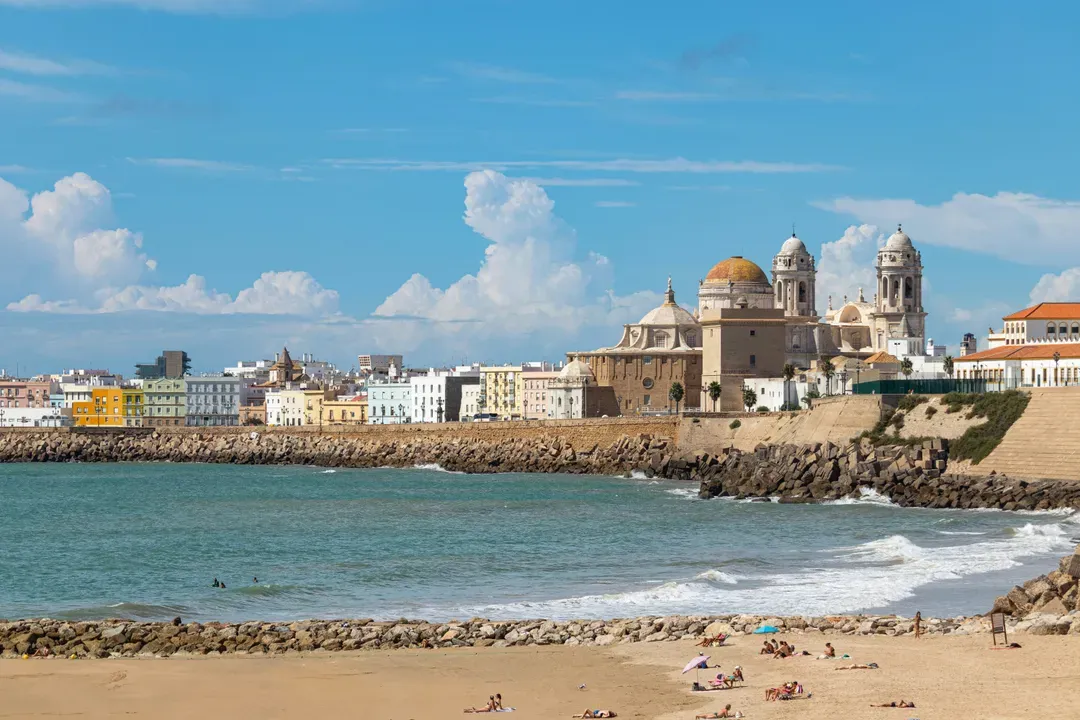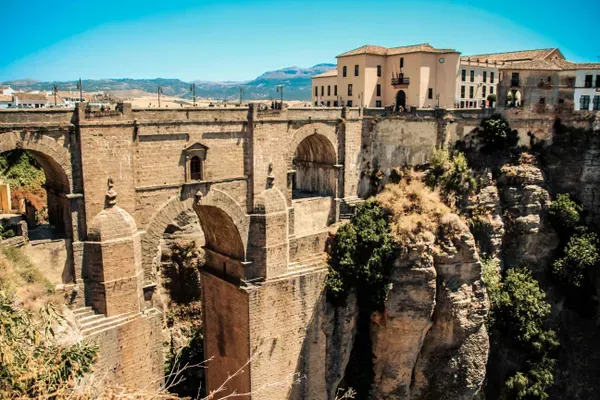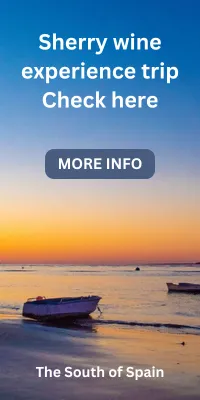Sanlúcar de Barrameda: The Coastal Gem of Andalusia and Its Sherry Heritage
Nestled on the southern coast of Spain, where the Guadalquivir River meets the Atlantic Ocean, Sanlúcar de Barrameda stands as one of Andalusia’s hidden treasures. Known for its rich history, picturesque streets, and delectable seafood, the town also holds a unique and important place in the world of wine—specifically, sherry. In this blog post, we’ll explore how Sanlúcar's geography, history, and culture come together to shape its status as a hub of sherry production, particularly its famed Manzanilla.
A Brief History of Sanlúcar de Barrameda
Sanlúcar de Barrameda’s history is woven with tales of exploration, trade, and cultural exchange. It was from here that Christopher Columbus set sail on his third voyage to the Americas, and later, Ferdinand Magellan’s expedition departed from its shores in 1519 to complete the first circumnavigation of the globe.
The town’s prime location near the mouth of the Guadalquivir River made it a critical trading post throughout the centuries, and its connection to the Atlantic meant that Sanlúcar was influenced by a mixture of Moorish, Spanish, and even European cultures. Over time, Sanlúcar’s economy came to be defined by fishing, agriculture, and, of course, winemaking—particularly the production of sherry.
What Makes Sanlúcar Special in the World of Sherry?
While Jerez de la Frontera may be the more famous name in sherry production, Sanlúcar de Barrameda has a distinct identity within the world of fortified wines, primarily due to its coastal location. Here, Manzanilla sherry is king, a lighter, fresher variety that is only produced in Sanlúcar and has a flavor profile unlike any other.
The secret behind Manzanilla lies in Sanlúcar’s unique microclimate.
The cool, humid breezes that come off the Atlantic Ocean play a vital role in the aging process of the wine, promoting the growth of the delicate layer of yeast, known as "flor", that forms on top of the wine as it ferments. This flor prevents oxidation and contributes to Manzanilla's distinctively dry, crisp, and slightly salty flavor.

The Manzanilla Experience: A Taste of the Ocean
Manzanilla is often described as the quintessential "wine of the sea," and for good reason. Its bright, pale color and refreshing acidity make it a perfect match for the seafood for which Sanlúcar is equally famous. Pairing a chilled glass of Manzanilla with local delicacies such as "langostinos" (king prawns) or fried fish ("pescaíto frito") is a quintessential Andalusian experience.
The flor yeast that thrives in Sanlúcar’s unique climate not only imparts the salty tang but also adds complexity to the wine, with subtle notes of almonds, herbs, and citrus. The result is a wine that feels effortlessly light yet full of character, transporting you to the breezy shores of the town with every sip.
The "Bodegas" (wine cellars) of Sanlúcar
A visit to Sanlúcar de Barrameda would not be complete without touring its renowned bodegas, where sherry wines are aged in the "solera" system—an ancient method of blending wines from different vintages to achieve consistency and depth of flavor.
Some of the most famous bodegas in Sanlúcar include Bodegas Hidalgo La Gitana and Bodegas Barbadillo, both of which offer visitors the opportunity to explore the winemaking process firsthand and taste the different varieties of sherry.
Walking through these bodegas, you’ll discover the careful craftsmanship that has been passed down through generations. The atmosphere inside is cool, with the scent of oak barrels permeating the air, a sharp contrast to the sunlit streets outside. These bodegas are more than just cellars—they are a reflection of the town’s deep connection to the art of winemaking.
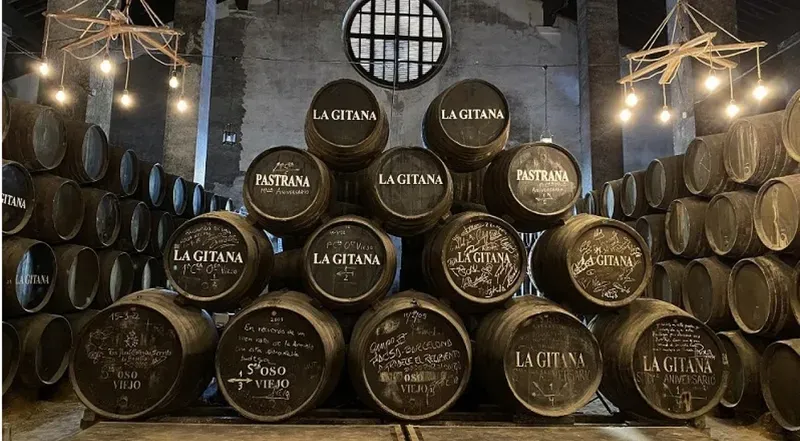
Beyond the Wine: Exploring Sanlúcar
While sherry is a major draw for visitors, Sanlúcar de Barrameda offers plenty more to explore. The town’s historic center, with its charming squares and whitewashed buildings, is a joy to wander. The 15th-century "Castillo de Santiago" offers panoramic views of the coastline, while the "Barrio Bajo" (Lower Quarter) is packed with traditional Andalusian taverns, where locals gather for tapas and conversation.
The town’s proximity to the "Doñana National Park" — one of Europe’s most important wetlands — also makes it an excellent base for nature lovers. A boat trip across the Guadalquivir River brings you to this biodiverse paradise, home to a variety of bird species, including the rare Spanish imperial eagle.
Sanlúcar’s Fiestas: A Celebration of Wine and Tradition
If you’re lucky enough to visit during the summer, you may experience one of Sanlúcar’s lively local festivals. The "Feria de la Manzanilla" in late May or early June is a colorful celebration of the town’s wine culture, complete with flamenco dancing, horse parades, and, of course, endless glasses of Manzanilla.
In August, the famous horse races on the beaches of Sanlúcar draw crowds from near and far. These races, which date back to the 19th century, are a spectacular sight, as thoroughbreds gallop along the shore with the Atlantic waves crashing beside them. It’s yet another way in which Sanlúcar’s culture is deeply intertwined with its coastal location.
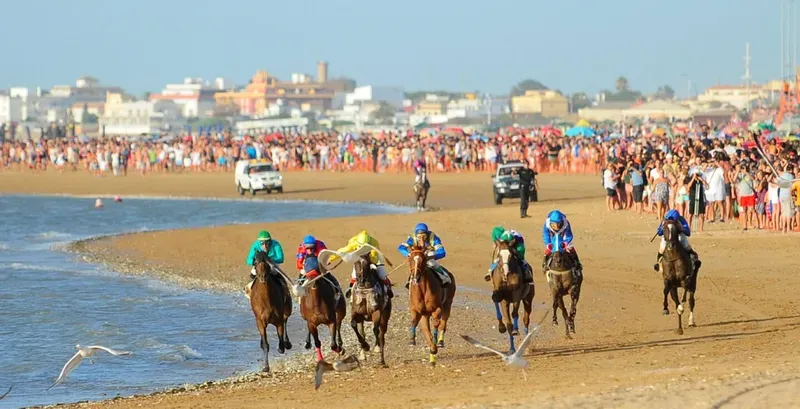
Conclusion: A Town That Tastes of the Sea
Sanlúcar de Barrameda is a place where history, culture, and geography come together to create something truly special. Whether you come for the wine, the food, or the beauty of the town itself, you’ll find that Sanlúcar’s soul is deeply connected to the ocean. And in every sip of Manzanilla sherry, you’ll taste not just the wine but the centuries of tradition and the salty breeze that make this coastal gem of Andalusia a must-visit destination.

